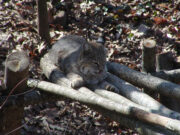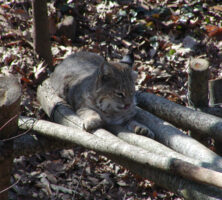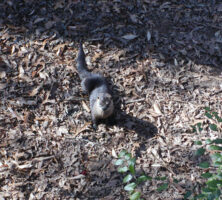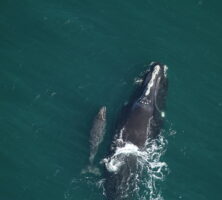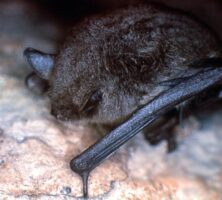Although mammals represent less than 10 percent of all living vertebrates (animals with backbones), they are perhaps the most diverse in both their body forms and the environments they inhabit. Some mammals fly, some live exclusively in trees or underground, and some never leave the water during their entire lives. More than ninety species of mammals inhabit Georgia, from the coastal waters of the Atlantic Ocean to the mountains of northeast Georgia at elevations of more than 4,700 feet. Georgia’s mammals range in size from the pygmy shrew, weighing less than one-quarter of an ounce, to the North Atlantic right whale, capable of weighing as much as 100 tons. Many mammals familiar to people, such as the white-tailed deer, live in the state; however about half of the area’s mammals are rodents or bats, which are seldom seen and often unknown to most people.
Geographic Distribution of Mammals in Georgia
Georgia is composed of five regions: the Blue Ridge, Appalachian Plateau, Valley and Ridge, Piedmont, and Coastal Plain. Each region is distinguished by elevation, geology, topography, and other physical features. These features, along with the habitats in each region, determine which mammals occur there. Some mammals, such as the Virginia opossum, are found throughout all the regions, whereas others, like the red squirrel, are restricted in range, occurring in one region or in only part of a region. Other species, like the black bear, are found in more than one region in Georgia but only in limited areas within those regions.
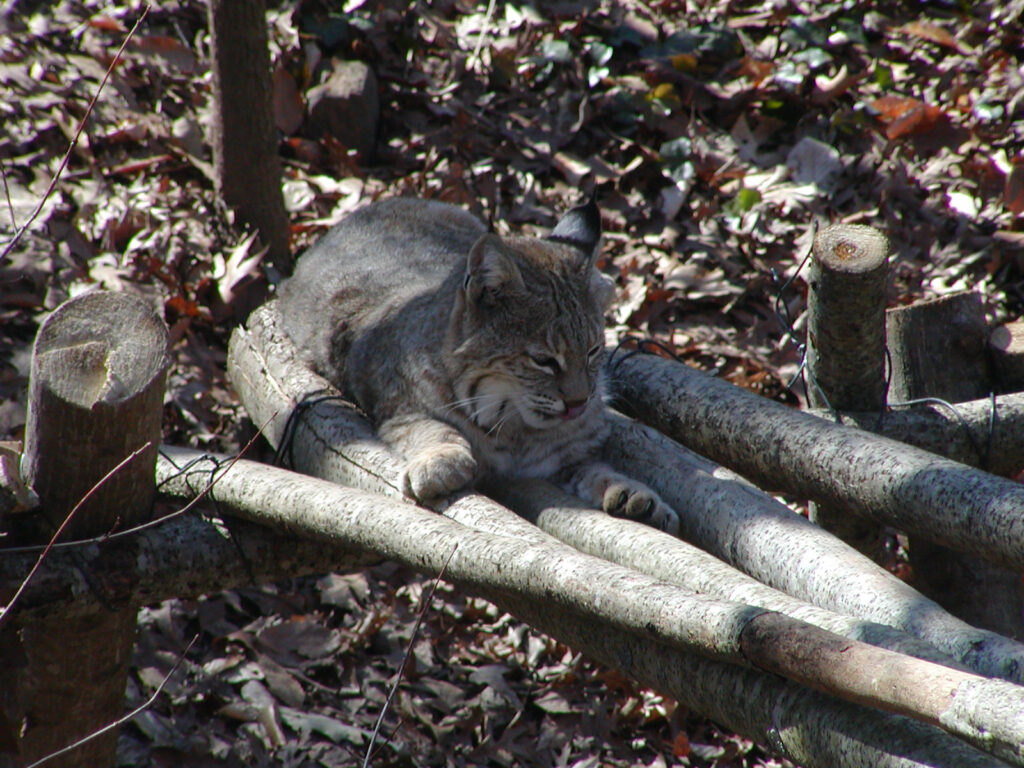
Photograph by Melinda Smith Mullikin, New Georgia Encyclopedia
The Blue Ridge, in the northeast corner of the state, is characterized by irregular mountains and ridges covered predominantly by hardwood forests. This region contains the highest elevations in the state, and the mammal communities at these elevations are characteristic of communities in the northern United States. Many species that are common farther north, like the smoky shrew and deer mouse, occur in Georgia but only in the Blue Ridge. Some boreal species (species that occur primarily at northern latitudes), such as the masked shrew and southern red-backed vole, occur at high elevations throughout the Appalachian Mountains down into the Blue Ridge of Georgia, which mimics northern conditions closely enough to allow their survival.
The Ridge and Valley and the Cumberland Plateau are in the northwestern corner of the state. As the name implies, the Ridge and Valley is formed by a series of parallel ridges and valleys that support a variety of hardwood, pine, and mixed pine-hardwood habitats. The Cumberland Plateau is the smallest region in Georgia but is part of a larger expanse that extends from Alabama to New York. A unique feature of both regions is the large number of caves formed in the underlying limestone. These caves provide roosting habitat for many bat species, including the gray bat, which is found nowhere else in the state.
The Piedmont is characterized by rolling hills covered primarily by mixed pine-hardwood forests. The mammals in the Piedmont, such as the eastern chipmunk and the gray fox, tend to be generalist species in terms of the habitats they occupy. Most mammals occurring in the Piedmont can also be found in other regions of the state. Although most of the Piedmont is upland, scattered wetland habitats like river bottoms and beaver swamps provide habitat for several wetland mammals such as the swamp rabbit, beaver, mink, muskrat, and river otter.
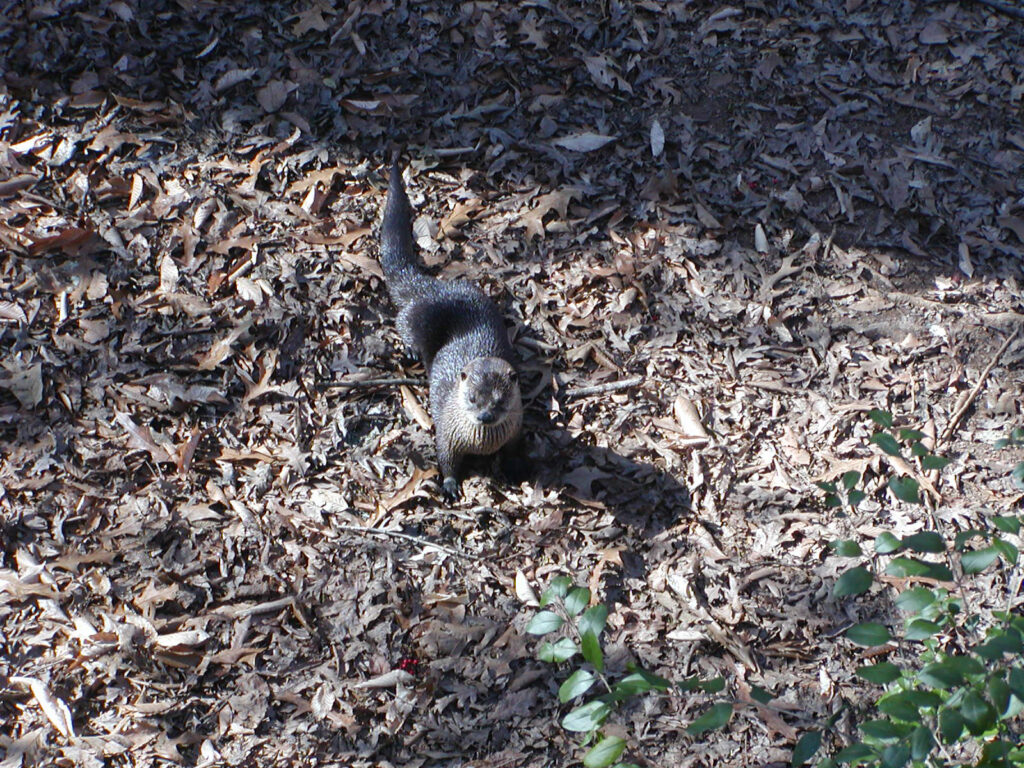
Photograph by Melinda Smith Mullikin, New Georgia Encyclopedia
The fall line represents the northern extent of ancient seas and separates the Coastal Plain from the Piedmont. At the fall line the land changes rapidly from the clay soils of the Piedmont to the deep sands of the Coastal Plain. Although many of the same mammals occur in both regions, some mammals are adapted to conditions in only one region or the other. For example, the southeastern pocket gopher occurs only in the Coastal Plain because it requires loose sand for burrowing. One of the largest swamps in North America, the Okefenokee Swamp, lies in the Coastal Plain. It provides habitat for a variety of mammal species, including the round-tailed muskrat, a little-known species found only in the grassy swamps and marshes of Florida and southeastern Georgia.
Only about half of the forty-eight species that occur on the coastal mainland of Georgia also occupy the barrier islands. Many small species like the golden mouse and eastern harvest mouse have been unable to cross the water and establish populations. However, even some larger species, like the striped skunk, that have a greater dispersal ability are also absent from the islands. The extensive marshes on both the mainland and the barrier islands provide habitat for mammals like marsh rice rats, marsh rabbits, and mink. A variety of marine mammals, including the manatee and several species of whales and dolphins, inhabit the waters surrounding the barrier islands.
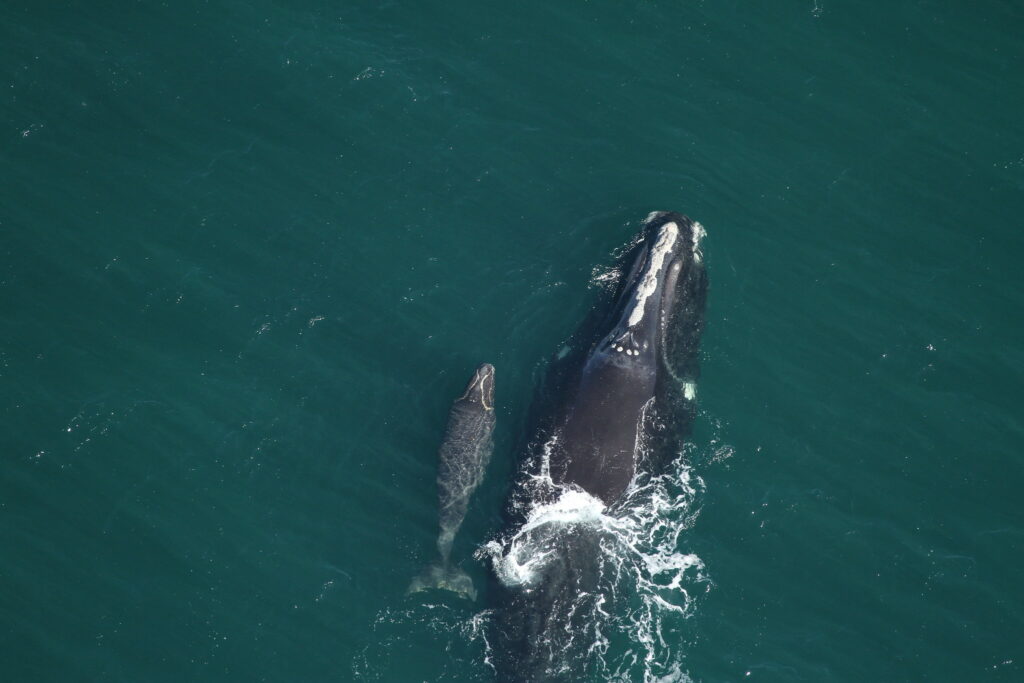
Image from FWC Fish and Wildlife Research Institute
Mammal Habitats
Like all organisms, each mammal species has its own habitat requirements. Some species have broad requirements and occur in a variety of habitats. These species tend to be widely distributed across Georgia. For example, the raccoon is highly adaptable to a variety of conditions and occurs in all parts of the state. The numbers of such adaptable species have increased—rather than decreased—as humans have altered habitats. Other mammals have narrow habitat requirements and occur in the limited areas where those requirements can be met. The woodland jumping mouse, for example, occurs exclusively in the moist, high-elevation forests of the Blue Ridge.
Habitats are constantly changing as a result of human activities and of natural disturbances such as fire, tornadoes, and hurricanes. From the European settlement of the state in the 1700s until the mid-twentieth century, much of Georgia was under cultivation, primarily for cotton. In the first half of the twentieth century, as farming decreased, many fields were left fallow and eventually returned to forest. The process of plant communities changing from grasses and other herbaceous vegetation to forest is called succession. As succession occurs and habitats change, the mammals found in the area also change.
A typical abandoned field in Georgia will initially be inhabited by a variety of small mammals like cotton rats, eastern harvest mice, oldfield mice, least shrews, and eastern cottontails. Although small and seldom seen, these species are important because they provide food for such larger mammals as coyotes, red foxes, gray foxes, bobcats, and striped skunks, as well as hawks, owls, and snakes. After about ten to fifteen years, as trees and vines begin to inhabit the field and the grasses and weeds are shaded out, other mammal species that are better adapted to the new habitat appear. This community is represented by both early- and late-successional species. White-footed mice and golden mice will move in, and cotton rats and oldfield mice will disappear.
As the site becomes a forest, the mammal community becomes vastly different from what it had been thirty years earlier. Forest species like fox squirrels, gray squirrels, southern flying squirrels, and woodland voles are common. The foliage of large trees provides roosting habitat for red and hoary bats. Dead trees are used by evening bats, which roost in abandoned woodpecker cavities or under peeling bark. Although the mammal community generally changes along with the plant community, many mammals, such as the white-tailed deer, black bear, raccoon, Virginia opossum, and bobcat, will inhabit the community at each stage for some aspect of their lives.
Extirpated, Endangered, and Exotic Mammals
Several mammals that occurred in Georgia at the time of European settlement have since been extirpated—they can no longer be found in this part of their range. Bison have been extirpated from their former range in the eastern United States, including Georgia, but still occur in other areas of the country. The red wolf no longer lives in Georgia and currently remains only in a few reestablished populations in the Southeast. Although the eastern cougar is thought to still occur in parts of the state, no wild cougars have been confirmed in Georgia since the early twentieth century. The beaver and river otter were extirpated from much of their range by the mid-twentieth century as a result of habitat loss and overhunting for fur, but both have been successfully reintroduced and now thrive throughout the state.
Populations of other Georgia mammals have declined over the course of the twentieth century to the point of near extinction. An endangered species is one that is in danger of becoming extinct from all or part of its range unless it receives immediate protection. The U.S. Fish and Wildlife Service classifies species as threatened or endangered under the guidelines established by the Endangered Species Act of 1973. The gray bat is an endangered species that roosts in just a few caves within its range, three of which are known to occur in Georgia. The Indiana bat, another endangered species, only rarely occurs in Georgia but has declined throughout its range. The manatee, humpback whale, and North Atlantic right whale, which inhabit Georgia’s coastal waters, have declined in numbers as a result of past overhunting and are listed as endangered.
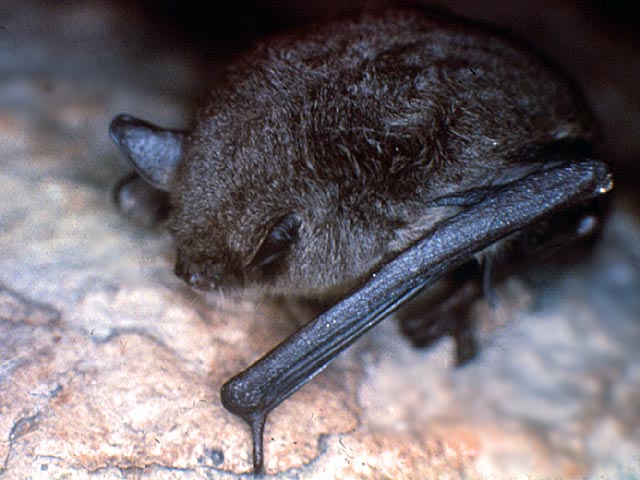
Courtesy of Georgia Wildlife Federation
A few mammals from other parts of the world have been introduced into Georgia, where they now breed and thrive. The Norway rat, black rat, and house mouse were all introduced as stowaways aboard the ships of European settlers coming to the New World. These mammals typically occur in association with human habitations, but they sometimes occur in natural habitats as well. The nutria (or coypu), native to South America, was introduced into the United States as an escapee from fur ranches and perhaps was released directly into the wild. The nutria is not as common in Georgia as in other coastal states, where it has been detrimental to native marsh habitats. The nine-banded armadillo, not known in Georgia until the 1950s, has expanded its range and now occurs as far north as Athens in the upper Piedmont. Similarly, coyotes were not known in the eastern United States before the twentieth century, but they now occur in practically every eastern state, including Georgia.
Mammals are incredibly diverse and interesting, and they provide important benefits, including economic ones, to society through observation, photography, and hunting. More important, mammals play a vital role in the ecosystem through their interactions with plants and other animals. Unfortunately, many mammals are threatened by human activities and are in need of our conservation efforts. As the human population continues to increase and encroach into natural habitats, conflicts between humans and animals will also increase. Some mammals, such as the white-tailed deer and the raccoon, adapt well to human encroachment. Others, like the manatee, cannot adapt and are in danger of extinction. Continued efforts by conservation professionals, in cooperation with the public, are vital for the continued existence of these important species.


